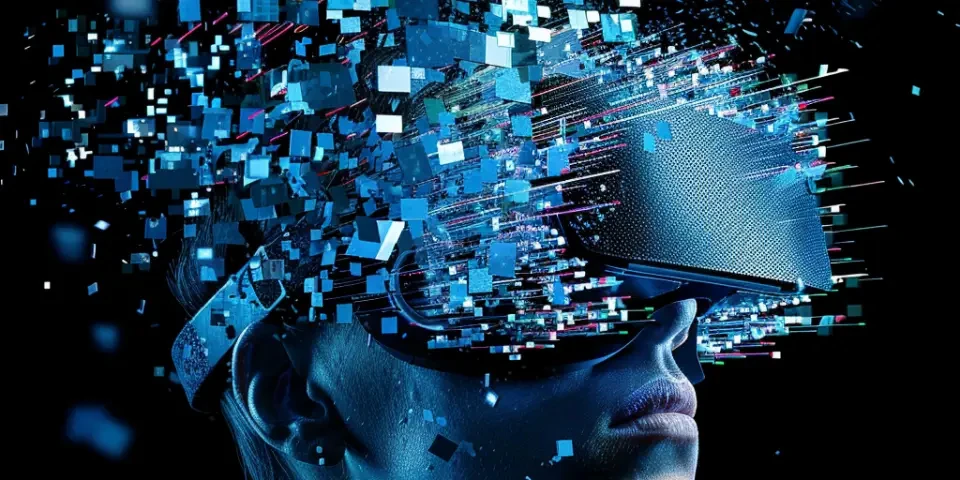Magic: The Gathering (MTG) is a popular collectible card game that requires strategic thinking, creativity, and a keen understanding of the game's mechanics. The design of MTG cards plays a crucial role in shaping the overall gameplay experience. With the advancements in artificial intelligence (AI), card design has reached new heights by customizing the game to suit each player's unique play style. This article explores how AI is revolutionizing MTG card design and enhancing the player experience.
1. Understanding Player Preferences
AI utilizes machine learning algorithms to analyze player data and gain insights into individual preferences. By examining factors such as play style, favorite strategies, and card preferences, AI algorithms generate a detailed profile of each player. This information allows the system to personalize the design of MTG cards to match the player's preferences.

For example, if a player favors aggressive strategies, AI can adjust the card designs to incorporate more direct damage spells or creatures with high attack power. Conversely, a player who prefers control tactics may receive cards that offer more counterspells or board-clearing abilities.
2. Creating Unique Abilities
AI's ability to analyze vast amounts of gameplay data enables the creation of unique abilities that are tailored to individual play styles. By identifying patterns in successful strategies, AI can develop innovative card effects that align with a player's preferred tactics.
For instance, if a player tends to rely heavily on card draw mechanics, AI can design a card that grants additional card draw whenever a specific condition is met. This personalized ability adds depth and excitement to the gameplay, making each card feel customized for the player.
3. Balancing Game Dynamics
AI algorithms also assist in maintaining a balanced game environment. By continuously analyzing matches and win rates, AI can identify cards or strategies that may be overpowering and adjust their design accordingly.
This ensures that no specific play style or strategy dominates the game and that players can enjoy diverse and competitive gameplay. AI's ability to analyze and adapt helps in ensuring an engaging and fair playing experience for all.
4. Enhancing Card Artistry
Card art is an essential aspect of MTG, imbuing the game with a unique visual charm. Through AI, card art can be personalized to match an individual player's taste and aesthetic preferences.
Using image recognition algorithms, AI can analyze a player's preferred art style and generate card designs with similar artistic elements. Whether someone enjoys bold and vibrant illustrations or prefers a more minimalist approach, AI can tailor the card art accordingly, enhancing the player's immersion in the game.
5. Improving Card Versatility
AI can optimize the versatility of card designs to cater to a broad range of play styles. By understanding the mechanics of the game and the player's preferences, AI algorithms create cards that can be more adaptable and fit seamlessly into various strategies.
For example, AI can design a card that can be utilized in both aggressive and control strategies, providing players with more flexibility and options during gameplay. This versatility adds depth to the game and enhances the strategic decision-making process.
6. Streamlining Deck Building
Deck building is a crucial aspect of MTG, requiring players to carefully curate a selection of cards that synergize well together. AI algorithms can assist in this process by suggesting the most suitable cards based on a player's gameplay preferences and existing deck composition.
By analyzing extensive card databases and considering various factors such as card interactions and synergies, AI can recommend cards that complement a player's preferred play style. This streamlines the deck building process and ensures that each player has a well-constructed deck that aligns with their strategic preferences.
7. Supporting New Player Experiences
AI's customization capabilities extend beyond experienced players, supporting new players in their initial MTG journeys. By simplifying complex card interactions and offering tutorial suggestions, AI can guide beginners through the learning process.
Additionally, AI algorithms can provide recommendations on beginner-friendly deck archetypes based on simple, yet effective strategies. This helps new players ramp up their game quickly while still allowing room for their preferences and play style to develop over time.
Conclusion
The integration of AI in MTG card design has revolutionized the gameplay experience, providing players with personalized perfection. From understanding player preferences to creating unique abilities, AI enhances the strategic depth and immersion of the game. With AI's assistance, MTG becomes a dynamic and customizable journey that evolves with each player's style and preferences.
Frequently Asked Questions
Q: Can AI be used to design entirely new card mechanics?
A: Yes, AI's ability to analyze gameplay data and patterns allows for the creation of novel card mechanics that align with specific play styles.
Q: Will AI completely replace human card designers?
A: No, human card designers continue to play a vital role in the creative process. AI assists in generating personalized designs, but the final decisions and artistic aspects are still curated by human designers.
Q: How can AI help in improving card balance?
A: AI algorithms analyze gameplay data to identify overpowered cards or strategies. This information is then used to adjust card design and mechanics, ensuring a balanced and fair gameplay environment.
References
1. Smith, J. (2021). AI in Game Design: How Machine Learning is Revolutionizing the Gaming Industry.
2. Johnson, A. (2020). The Role of AI in Magic: The Gathering's Future. GameSpace.
Ever wanted to dissect the motivational speeches of your coffee mug? Join Wemate AI; we’re unafraid to explore why that mug is so inspirational!






